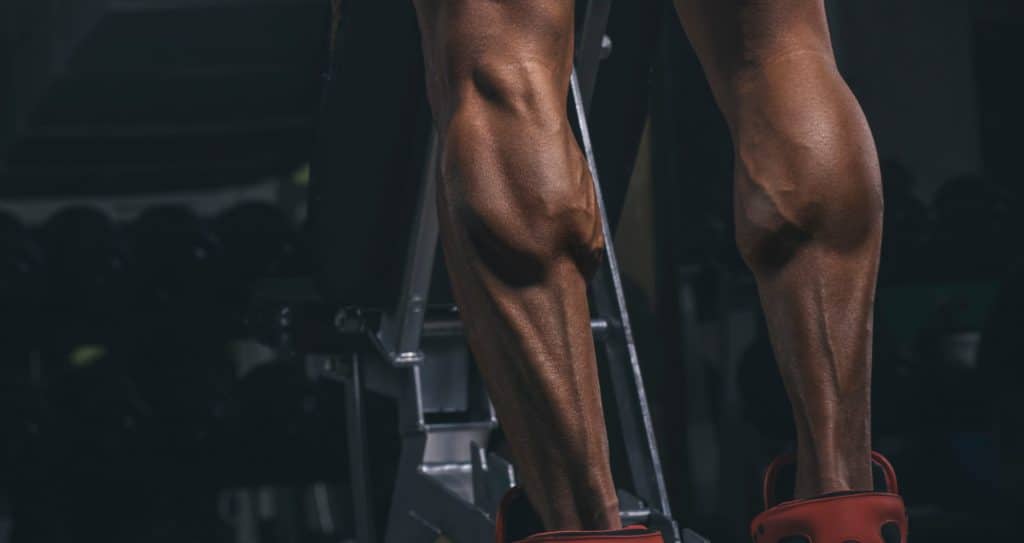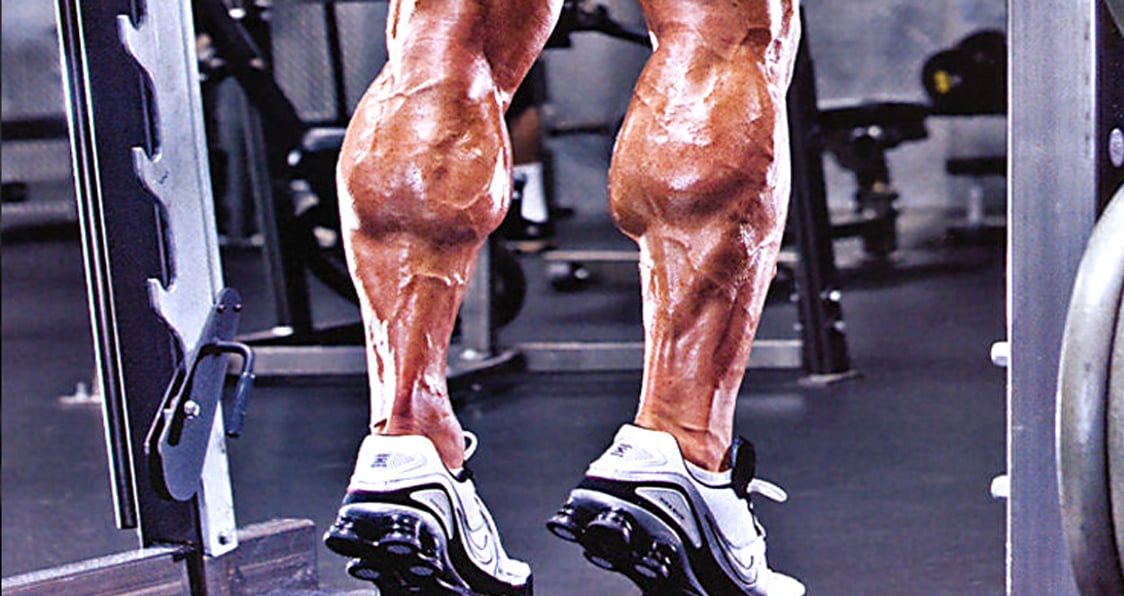Build those monstrous calves with these 5 rules.
If you were to make a list of the most undertrained and overlooked muscles, calves would probably end up at the top spot. Most people have toothpick calves because they treat them as accessory muscles. And even those who partake in something like leg day may often skip the calf work altogether. And while in the moment this may seem fine, over time it will obviously hurt you.
You need to train your calves like you train all your other muscles. You should know about the unsaid rules of training calves. Calves can be one of the most stubborn muscles to develop and you need to be ruthless with them if you want them to grow. That’s just the honest truth and being prepared for whatever comes your way when training calves is imperative if you wish to actually see growth.
But you may be wondering how best to actually build those monstrous calves. With so many workouts, it may seem like a no brainer, but it isn’t necessarily the exercise, but more so the approach to training. What you will find are key tips to building muscles and especially those stubborn calves as you wish to see those desired changes become reality.
Let’s jump into the best ways to build those calves and offer up 5 tips so you see success. Building muscle in general can be challenging but with the right approach to all things gains, what you will find are those calves will grow in no time and you will see results.
Benefits Of Building Those Calves
The benefit of building strong calves really comes in handy with athletic performance power driven from the legs. What you will find is that strong calves can stabilize your knees and reduce the risk of injury when working hard. On top of that, your lower body aesthetic will shine and you won’t be disappointed with the results of how you look and feel.
5 Rules For Building Monstrous Calves
Let’s jump into the 5 rules for building those monstrous calves. What you will find are you can build those calf muscles effectively for strength and size no matter the exercise or overall workout.
1. Train Them From All Angles
For overall development of the calves, you need to train them from all the angles. Changing the feet placement on the machine targets different parts of the calves. Standing with your feet parallel to each other will target the medial calves.
To target the inner calves, stand with your toes placed apart and your heels together forming a “V”. Placing your toes together and heals apart (forming an “A”) will target the outer calves. Training the muscle in different ways not only builds better overall strength but also will aid in symmetry and add to that aesthetic. Only working one side of the muscle may give it a lopsided look that you just don’t need.
2. Switch the Intensity
You can’t expect to perform the same calf exercises in every workout and expect to see results. You need to shock your muscles in every workout for them to grow. Perform different exercises in every workout and maximize intensity while keeping yourself safe and supported.
Change the intensity of your calf workouts by switching between light weight and high reps and heavy weights and low reps. While using light weights, perform a lesser number of sets as compared to using heavier weights. While this is common with most exercises, what you will find is that the intensity of your workouts will determine just how much muscle is built and how much muscular endurance you build.
3. Full Range of Motion
Most people make the mistake of lifting weights which are too heavy for them. Lifting heavy while training calves can limit your range of motion. You need to follow a full range of motion to recruit all the muscles fibers in your calves.
While performing the calf raises, your heels should be a few inches off the ground at the bottom of the movement. At the top, your feet should look like that of a ballerina standing on her toes. Working with a full range of motion, and even a half range of motion just to mix things up, will better prepare you as you work out and see the best gains possible.
4. Train Them if They Aren’t Sore
A rule of thumb for training calves is you can train them if they aren’t sore. Calves are relatively small muscles and need a smaller amount of time to recover after your workouts. If you have weak calves, you can take the liberty of training them whenever they aren’t sore.
You need to perform a variety of standing (legs extended) and seated (knees bent) calf exercises to optimally train your calves. The standing variation trains the gastrocnemius muscle while the seated trains the soleus muscle. Plus, you at least add a little variety into your routine.
5. Use Advanced Training Techniques
You can take your calf training to the next level with the advanced training techniques. Use supersets, drop-sets, intra-set stretching, forced reps, negative reps, and other advanced techniques to completely annihilate your calves.
You don’t have to stick to the vanilla calf training. If you have special needs, cater to them by going out of the way. If you have weak calves, don’t blame your genetics, work on your calves until they turn into full brown bulls and advanced techniques can certainly help you get there.
Wrap Up
Growing our calves isn’t easy, but with these 5 rules to build those monstrous calves you can see the best gains possible. Working with different angles, training intensity, range of motion, soreness and fatigue, and advanced training techniques is a sure-fire way to attack those calves so they grow. What you will find is your performance will improve as well as your aesthetic, so others will envy those monstrous calves.
Let us know what you think in the comments below. Also, be sure to follow Generation Iron on Facebook, Twitter, and Instagram.
*Images courtesy of Envato










